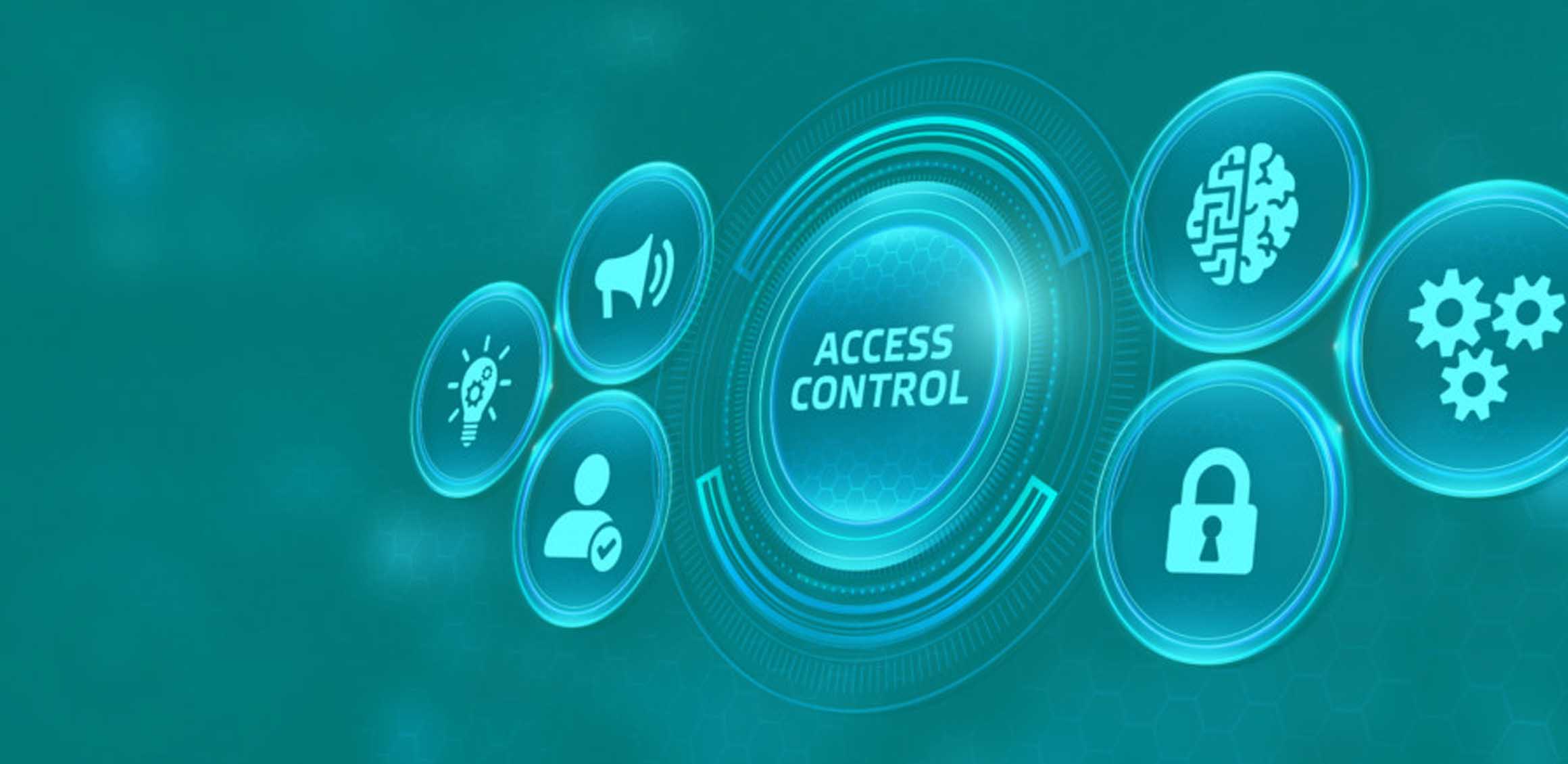Overview
A solution overview for physical security access control involves implementing systems and measures to protect physical assets, facilities, and personnel by controlling access to specific areas. Access control is a critical component of physical security and ensures that only authorized individuals can enter restricted spaces. Here's an overview of a comprehensive access control solution:
Access Control System Components:
- Access Control Devices: These include card readers, keypads, biometric scanners (such as fingerprint or facial recognition), and intercoms. These devices are used to authenticate individuals seeking access.
- Access Control Software: Software manages and monitors access control devices, allowing administrators to set access permissions, track entry and exit, and generate reports. It also integrates with other security systems like CCTV.
- Credential Management: The system manages user credentials, which can be physical cards, key fobs, or digital credentials like mobile apps.
- Door Hardware: High-security locks, electronic strikes, and magnetic locks ensure that doors can be securely locked and unlocked as per access permissions.
Authentication Methods:
- Card-based Access: Users present a card or key fob to a card reader for authentication. It's common in most access control systems.
- Keypad Entry: Requires users to enter a unique PIN for access.
- Biometric Authentication: Uses unique physiological characteristics such as fingerprints, facial recognition, or iris scans for identification.
- Multi-factor Authentication (MFA): Combines two or more authentication methods for enhanced security.
Access Control Policies:
- Role-based Access Control (RBAC): Assigns permissions based on job roles, ensuring users only have access to areas necessary for their work.
- Time-Based Access: Allows access only during specific hours or days, restricting entry outside of predefined schedules.
- Visitor Management: Manages and tracks visitors, granting temporary access credentials and monitoring their activities.
Integration:
- Integration with surveillance systems (CCTV) to record access events.
- Integration with alarm systems for immediate response to security breaches.
- Integration with identity management systems for streamlined user provisioning and deprovisioning.
Benefits
Implementing a physical security access control system offers numerous benefits for organizations of all sizes and across various industries. Here's an overview of the key benefits:
- Enhanced Security: The primary benefit of access control systems is the ability to restrict access to authorized personnel only. This prevents unauthorized individuals from entering sensitive areas, reducing the risk of theft, vandalism, or security breaches.
- Improved Safety: Access control systems can ensure that only trained and authorized personnel enter hazardous areas, such as chemical storage rooms or manufacturing facilities. This promotes employee safety and compliance with safety regulations.
- Reduced Risk of Insider Threats: By assigning specific access permissions based on job roles, access control systems can mitigate the risk of insider threats. Employees can only access areas necessary for their work, limiting opportunities for misconduct.
- Efficient Visitor Management: Access control systems streamline the management of visitors. Temporary access credentials can be issued and monitored, allowing organizations to track visitor activities and ensure they comply with security protocols.
- Audit Trail and Accountability: Access control systems maintain a detailed audit trail of all access events. This helps in investigations, compliance reporting, and holding individuals accountable for unauthorized access or security breaches.
- Remote Monitoring and Management: Many modern access control systems offer remote monitoring and management capabilities. Security personnel can control access and respond to security incidents from anywhere, enhancing overall security responsiveness.


